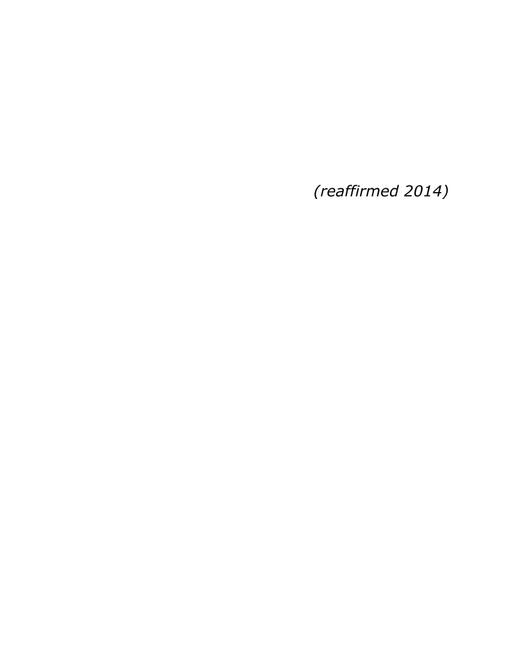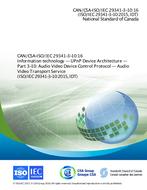-
-
Available Formats
- Availability
- Priced From ( in USD )
-
Available Formats
-
- Secure PDF 🔒
- Immediate download
- $192.00
- Add to Cart
-
- Printed Edition
- Ships in 1-2 business days
- $192.00
- Add to Cart
-
- Printed Edition + PDF
- Immediate download
- $249.60
- Add to Cart
Customers Who Bought This Also Bought
-

CAN/CSA-ISO 9160-94 (R2013)
Priced From $100.80 -

CAN/CSA-ISO/IEC 10164-8-95 (R2014)
Priced From $126.00 -

CAN/CSA-ISO/IEC 13818-7-06 (R2021)
Priced From $384.00 -

CAN/CSA-ISO/IEC 29341-3-10:16 (R2021)
Priced From $256.80
About This Item
Full Description
Standards development within the Information Technology sector is harmonized with international standards development. Through the CSA Technical Committee on Information Technology (TCIT), Canadians serve as the Canadian Advisory Committee (CAC) on ISO/IEC Joint Technical Committee 1 on Information Technology (ISO/IEC JTC1) for the Standards Council of Canada (SCC), the ISO member body for Canada and sponsor of the Canadian National Committee of the IEC. Also, as a member of the International Telecommunication Union (ITU), Canada participates in the International Telegraph and Telephone Consultative Committee (ITU-T).
1 Scope
1.1 Introduction
MPEG-21 will provide an over-arching framework within which many elements of multimedia are brought together. In particular, coded representations of content will be juxtaposed with metadata descriptors and the Intellectual Property Management and Protection (IPMP) protection that apply to the content. This leads to a requirement for tools that can create and maintain (e.g. detect or extract) an association between content, metadata and IPMP elements within MPEG-21. Tools based on the techniques known as "watermarking" and "fingerprinting" offer a means to form associations between multimedia elements and the related information, where that association can be directly embedded within or inferred from the content itself. Furthermore, tools based on watermarking and fingerprinting allow such inferences to persist in the face of adaptation of the content. Such tools are termed Persistent Association Technologies (PAT) and within MPEG-21 there is a need to assess and evaluate these tools. This report sets out a process and plan for evaluating PAT. It does not provide information on how to normatively interpret results of tests conducted in accordance with this Technical Report as the selection of a set of specific evaluation procedures depends on the application scenario.
This Technical Report focuses on the evaluation of two classes of technology: watermarks and fingerprints (see Definitions in Subclause 2.1) when applied to Audio content.
It is expected that the scope of this Technical Report will be enhanced in future to cover other media types including video, still pictures and text.
This Technical Report describes evaluation methodologies for only some of the characteristics of these technologies. In particular, it does not attempt to define methodologies for evaluating the resistance of these technologies to deliberate attack on the association. Further detail is contained in Clause 7.





